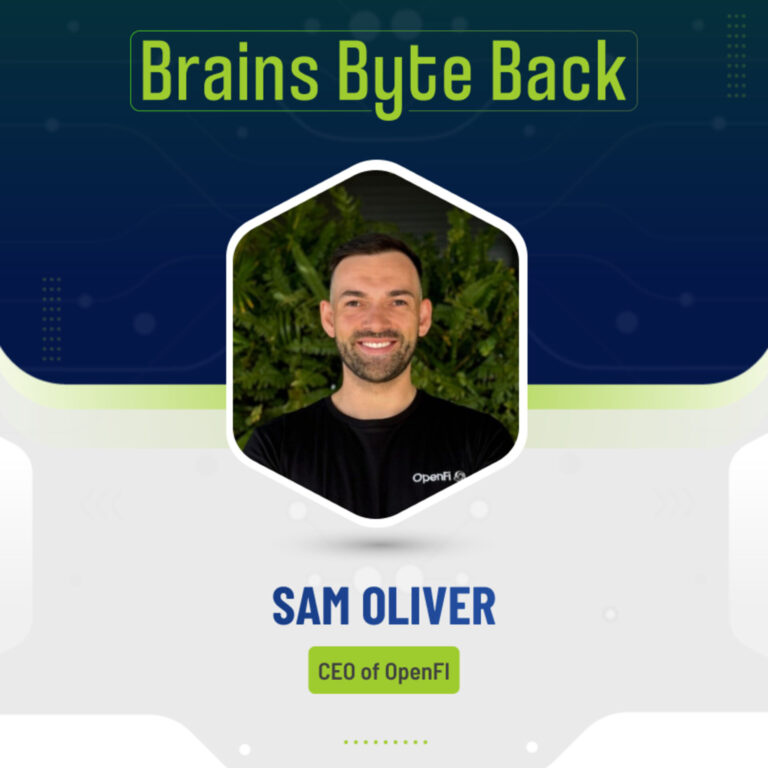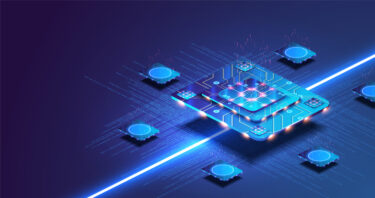Article by Yaacov Martin, CEO of Jifiti
US credit systems have been around for a long time—since the late 1800s, to be exact. And for decades, credit cards have been the cornerstone of consumer spending.
However, financially-savvy Gen Z consumers are demonstrating a growing resistance to traditional plastic, likely due to a lack of credit access and aversion to high interest rates. This shift, coupled with the growing issue of credit card underutilization, is forcing lenders to rethink their approach.
While credit cards aren’t going anywhere, a new payment option is establishing itself as the go-to option: embedded lending. The embedded lending market size is expected to reach $3.2 trillion by 2030.
So, how are consumer spending habits changing, and why is embedded lending a better option?
How Gen Z is Challenging the Status Quo
Growing up in the aftermath of ‘The Great Recession,’ and more recent global financial downturns, it’s unsurprising that Gen Z has a more wary view of credit cards than previous generations.
New banking legislation was introduced in the US to safeguard the financial system from another crisis, directly affecting Gen Z. For example, the CARD Act 2009 meant most of this generation weren’t eligible for credit until they were 21. This meant credit card companies could no longer attract new customers on college campuses.
However, the CARD Act 2009 didn’t stop Gen Z students from accruing more student debt than Millennials. From 2010 to 2022, college tuition rose an average of 12% a year. Today, it costs, on average, $104,108 to attend four years of public university and $223,360 to attend private. Thus, Gen Z’s debt balance is around 13% higher than Millennials’.
Due to their debt, a large percentage of Gen Z remains unable to access credit. Bankrate.com senior industry analyst Ted Rossman told PaymentsDive, “A lot of Gen Zers, in particular, view credit cards as debt instruments.” In fact, David Robertson, publisher of The Nilson Report, remarks, “About half of Gen Z currently can’t qualify for a credit card under traditional scoring methods.”
Because of this lack of credit access and fear of mounting debt—mixed with Gen Z’s affinity for tech—this generation greatly prizes peer-to-peer payment apps like Venmo and is more attracted to embedded lending or BNPL options. This preference for alternative payment options is due to their ease of use, instant access and flexibility.
So, with Gen Z preferring alternative payment methods, is this contributing to the current underutilization of credit cards?
The Credit Card Underutilization Crisis
While Gen Z may be more wary of credit cards than previous generations, 191 million American adults have a credit card, and 50% of the population have two.
The crisis isn’t a lack of credit; rather, it’s people underutilizing their existing lines of credit.
Most US adults are creditworthy, but 79% of existing lines of credit on credit cards are not utilized. In 2021, US consumers used only $0.86 trillion out of the $4.1 trillion available to them on their credit cards.
But why is this happening? It could boil down to a matter of credit misallocation. To solve this, consumers should receive credit in a variety of forms, not just via credit cards.
For example, if a consumer with a good credit score applies for a credit card, they could be allocated a $10,000 credit limit. However, if the consumer only needs and wants a $3,000 credit limit on their card, then $7,000 will likely go unused. Perhaps if the excess credit was available to them in a different shape or form it would be utilized. For cardholders with consistently low utilization, companies could consider offering the option to convert their available credit card funds into a BNPL product. This provides more flexibility in terms of repayment and might be better suited to their spending habits and budget.
Clearly, the ‘one-size-fits-all’ credit model is just not working anymore. To overcome credit card underutilization, companies need to focus on customer-centricity and listen to their customers’ needs. This includes providing customers with credit based on their actual spending behavior, preferences and use case, in turn creating more attractive repayment schedules.
How Embedded Lending Addresses Evolving Financial Needs
Embedded lending offers consumers, banks and credit card companies a potential solution to credit card underutilization and Gen Z’s credit card hesitancy.
Embedded lending products, such as installment loans, lines of credit and split pay options, are seamlessly integrated into the apps and services many consumers already use. It allows consumers to apply for loans within the checkout process. It also provides more personalized financing options that can be tailored to the customer, product and vertical. For example, a customer can apply for a 36-month installment loan to buy a closet, a revolving line of credit to pay for medical treatments, or a pay-in-4 option to use at a retail store. The customer can choose a payment plan that best aligns with their budget and needs, and that gives them more control over their cash flow.
While many direct-to-consumer fintech companies offer BNPL options, banks can leverage white-labeled embedded lending platforms to embed their loans at the place of purchase, ensuring a seamless customer experience.
And now, with the ability to easily provision their point-of-sale loans and lines of credit into Apple Pay, via virtual card, banks can even tap into the growing ‘tap-to-pay’ market, enabling customers to pay with their embedded lending credit as easily as they would with a credit card.
Wrapping up
The traditional credit card model is struggling to adapt to a new generation of credit-concerned consumers with a penchant for personalization, control and optionality. While underutilization poses challenges for lenders, embedded lending offers a solution. By incorporating embedded lending into their bouquet of credit products, banks and lenders can increase their credit utilization rates, appeal to more customers and tap into the new era of customer-centric, contextual lending.
This article includes a client of an Espacio portfolio company











